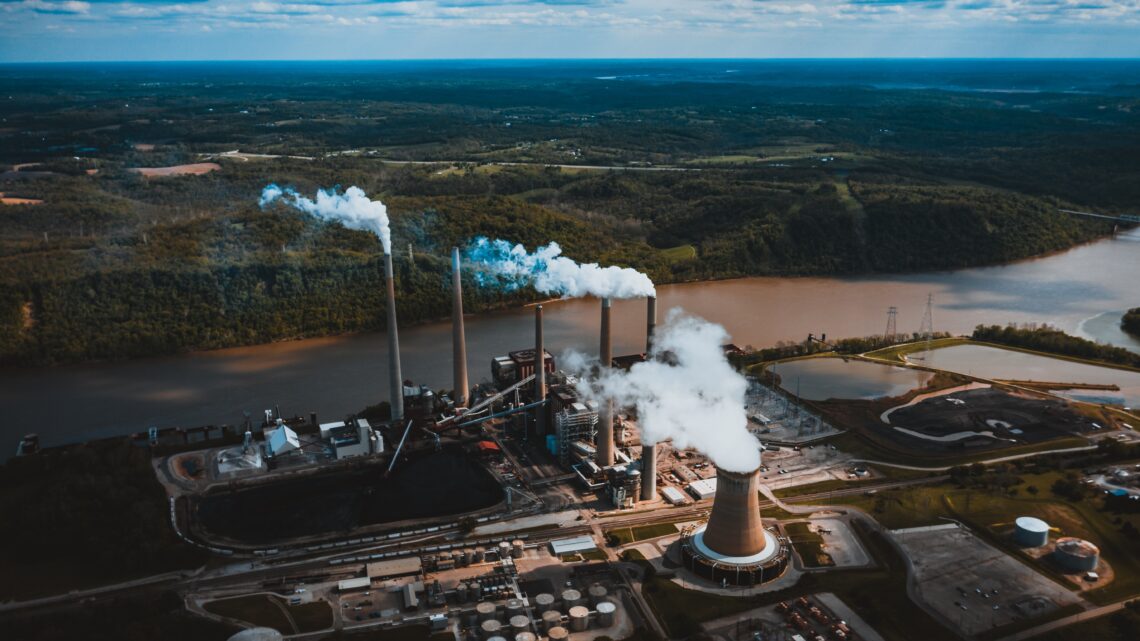
Turning a blind eye
People naturally want to avoid the problems that surround them. This is especially true when these issues are happening far away and do not affect them directly.
Climate change may have seemed insignificant and easy to ignore 50 or 60 years ago, but the habit of turning a blind eye to problems that should have been taken more seriously has made the climate crisis what it is today.
Joseph Desloges, a professor of earth sciences and geography at the University of Toronto, says the first signs of climate change included very hot periods, very cold periods and the speed of which changes occurred.
“Almost half of North America was covered by ice. When you think about that, that’s pretty dramatic in terms of climate change and landscape change,” says Desloges. “It takes thousands of years for those things to change.”
An article from The Guardian says that rapid temperature change in the 1960s caused crop failure in India and the Soviet Union. The article also mentions that the trend of dismissing clear signs of climate change continued into the 1970s when droughts, floods and more abnormal weather were ignored.
Sigfried Hemming, a youth organizer and climate justice activist for Fridays For Future Toronto, says that the dangers of climate change were hidden during the 1960s to benefit big corporations. People were only concerned about climate change when it got in the way of their dependency on businesses like the oil industry.
“If you look back all the way to the 1960s, alarmism became super prevalent because large oil corporations did research and found out what was happening, and that of course would be incredible losses for them,” says Hemming.
The confidentiality around climate change decades ago meant that there was less activism compared to today. Although former United States president Lyndon Johnson mentioned the dangers of climate change in a speech in 1965, public reactions mostly remained dull.
“Earlier in the ‘70s or ‘80s the only reason why there wasn’t more climate change activism, especially with the swath of the hippie movement, is because nobody knew about it,” says Hemming. “It was covered up.”
There are actions that could have been taken decades ago in order to help with the climate change crisis. Implementations like the abolishment of fossil fuels would have helped negate the effects of climate change today.
“We as a society have no need, no requirement for fossil fuels,” says Hemming. “We have the technology for fossil fuel free plastics, for solar energy, wind energy and hydro power. Our reliance on them now is only because the oil corporations hold all of the wealth and our livelihoods depend on that.”
Hemming says that people should have also promoted diets that do not involve animal agriculture. Ocean dead zones, water pollution, habitat destruction and animal extinction are all byproducts of livestock farming.
Although it isn’t possible to go back in time and fix past issues, there are still ways that people can help with the current indicators of climate change.
“Act local and think global. Be aware of what’s going on everywhere on the planet in terms of changes,” says Desloges. “In the case of Canada, if 37 million people act locally, then we can have an effect globally.”
Hemming suggests that if someone is able to go vegan, now is the time.
“Animal agriculture is responsible for 18 per cent of all greenhouse gas emissions, not to mention 80 per cent of all water consumption and 45 per cent of earth’s livable land,” they say. “Stop eating seafood. Seafood is the number one cause of plastic pollution in the oceans.”
Public servants have a big hand in allowing policies that can be damaging to the earth so Hemming says it is important to put pressure on politicians and leaders. “Urge them to take drastic and immediate action,” they say. “Sign petitions, write emails, make phone calls, show up to protests, vote, be heard.”
When it comes to acting locally, Desloges suggests people should recycle, avoid activities that burn fossil fuels and be conscious of how they shop. This is a sentiment that Hemming agrees with.
“Shop locally, use as little plastic as possible, buy a bamboo toothbrush, a bamboo razor, don’t use disposable plastic cutlery,” says Hemming. “I carry around a wooden set of cutlery so I don’t have to use others. Don’t accept plastic from other stores.”
Although today’s climate crisis is dire, there is still time to be environmentally aware and take action individually or as a community. Every eco-friendly action can help a neighbourhood, a forest or an ocean.
About the author
Grace Nelson-Gunness is a reporter for Youth Mind. She enjoys watching Criminal Minds or reading a suspenseful horror-thriller novel while drinking a vanilla latte.







